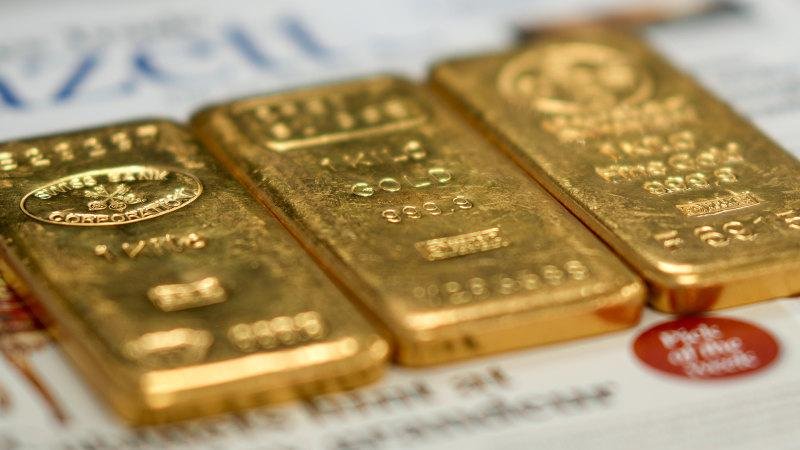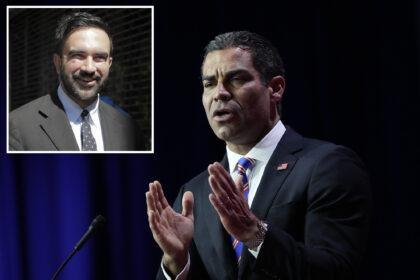Rising Global Debt Fuels Gold’s Resurgence Amid Economic Uncertainty
As the specter of a U.S. government shutdown looms, concerns about soaring national debt and deficits are intensifying. The current political landscape reveals a troubling trend: neither major political party appears to prioritize addressing the burgeoning financial crisis. This situation is exacerbated by the fiscal policies enacted during the Trump administration, particularly the tax cuts that disproportionately benefited corporations and the wealthy.
The Alarming Rise of U.S. Debt
As of September 30, 2022, the U.S. national debt stood at approximately $35.5 trillion. Fast forward to today, and that figure has ballooned to nearly $38 trillion, with projections indicating a continuous upward trajectory. The debt-to-GDP ratio has now reached around 125%, a stark reminder of the financial challenges facing the nation. The revenue generated from tariffs, often viewed as a tax on American businesses and consumers, is unlikely to significantly alleviate the staggering interest costs, which exceed $1 trillion annually.
The implications of this financial strain extend beyond U.S. borders. According to the International Monetary Fund (IMF), public sector debt levels across advanced economies are expected to surpass 110% of GDP by the end of this year. The Institute of International Finance reported that global debt surged by over $21 trillion in the first half of 2023, reaching a staggering total of $338 trillion.
Political Turmoil and Economic Instability
Governments worldwide are grappling with the consequences of unsustainable debt levels, leading to political instability. France recently witnessed the resignation of its fifth prime minister in three years, a casualty of ongoing efforts to manage the country’s deficits. Meanwhile, Japan’s financial markets have been unsettled by the election of a conservative leader who advocates for fiscal expansion, despite the nation’s debt-to-GDP ratio soaring to approximately 260%.
In this climate of uncertainty, there are growing fears that other major economies may adopt similar strategies to those employed during the Trump administration. This could involve aggressive fiscal stimulus, loose monetary policies, and even money-printing initiatives aimed at stimulating growth. Such measures, however, risk exacerbating inflation and devaluing existing debt.
The Gold Rush: A Safe Haven in Turbulent Times
In light of these economic challenges, investors are increasingly turning to gold as a safe haven. The precious metal has historically been viewed as a hedge against inflation and economic instability. The recent decline of the U.S. dollar-down more than 10% against major currencies-has further fueled interest in gold. As the Federal Reserve cuts interest rates, the opportunity cost of holding gold diminishes, making it a more attractive investment.
The last significant surge in gold prices occurred in 1979, during a period marked by high inflation and low global growth, known as stagflation. The geopolitical turmoil of that era, including the Iranian Revolution and the Soviet invasion of Afghanistan, contributed to a heightened sense of instability. Today, similar global tensions, including the ongoing conflict in Ukraine and unrest in the Middle East, are driving investors toward gold.
The Shift in Global Financial Dynamics
The recent geopolitical landscape has also seen the weaponization of U.S. financial dominance. The G7 nations’ decision to seize Russian foreign exchange reserves and impose sanctions following the invasion of Ukraine has prompted countries to reconsider their reliance on U.S.-dollar-denominated assets. This shift is evident in the increasing gold reserves held by central banks, particularly in China, as nations seek to diversify their holdings and mitigate risks associated with U.S. financial policies.
The surge in gold prices has coincided with a record-high stock market and a notable 30% increase in Bitcoin’s value. Both gold and Bitcoin are perceived as safeguards against inflation, although Bitcoin’s volatility as a risk asset may lead investors to seek gold as a more stable hedge.
Conclusion: Navigating Uncertain Waters
As the U.S. grapples with its mounting debt and political dysfunction, the global economic landscape remains precarious. The rising interest in gold reflects a broader trend of investors seeking security amid uncertainty. With historical parallels to past economic crises, the current situation underscores the importance of prudent financial management and the need for governments to address unsustainable debt levels. As the world watches closely, the future of both the U.S. economy and global financial stability hangs in the balance.











